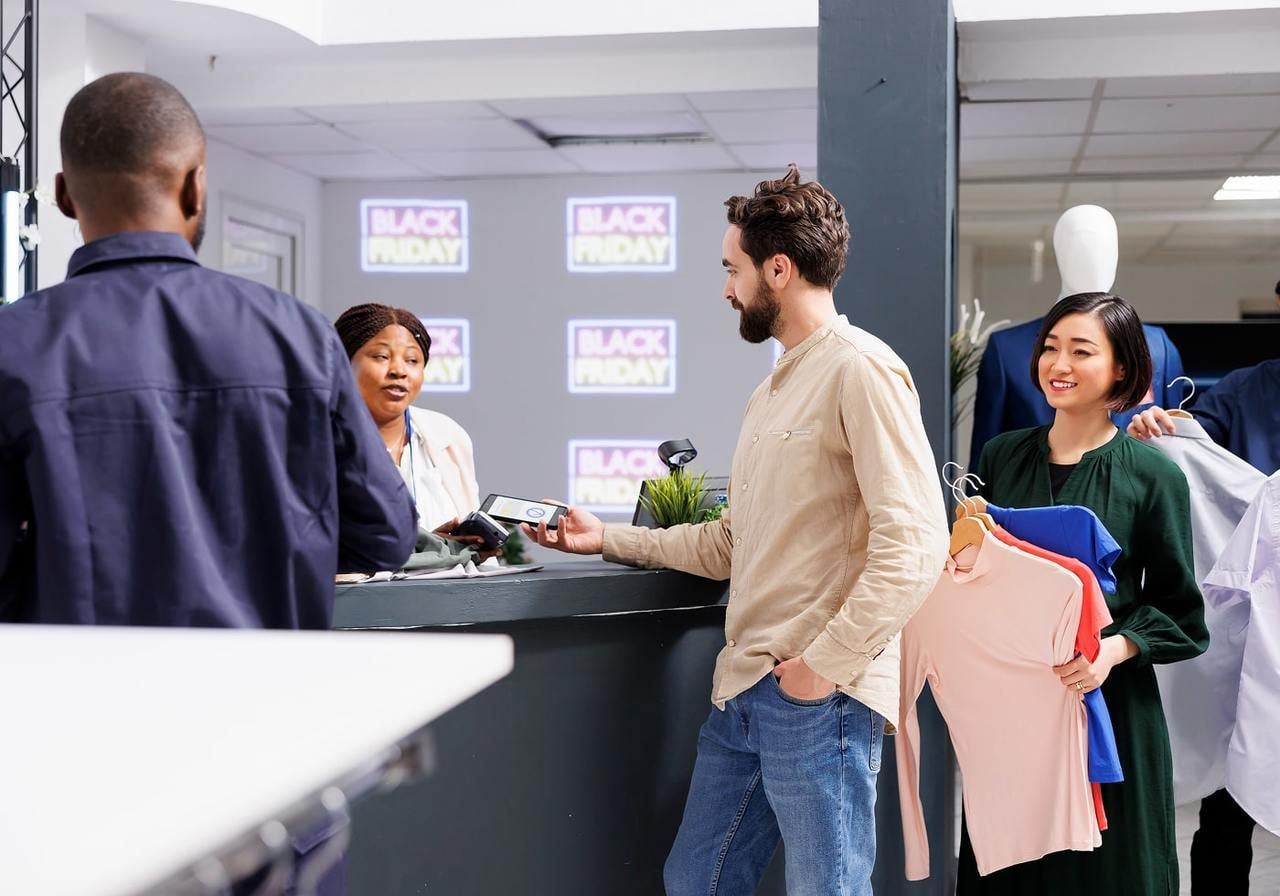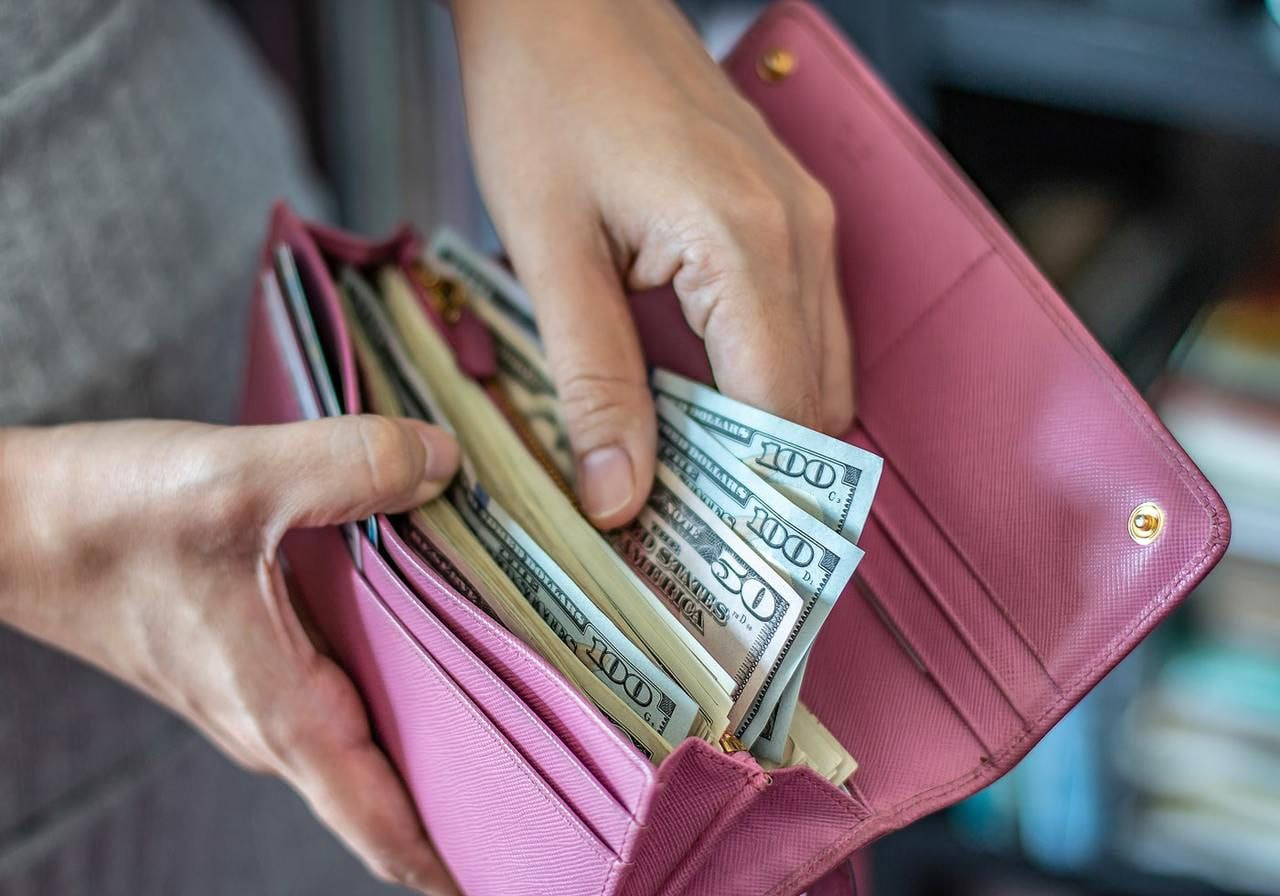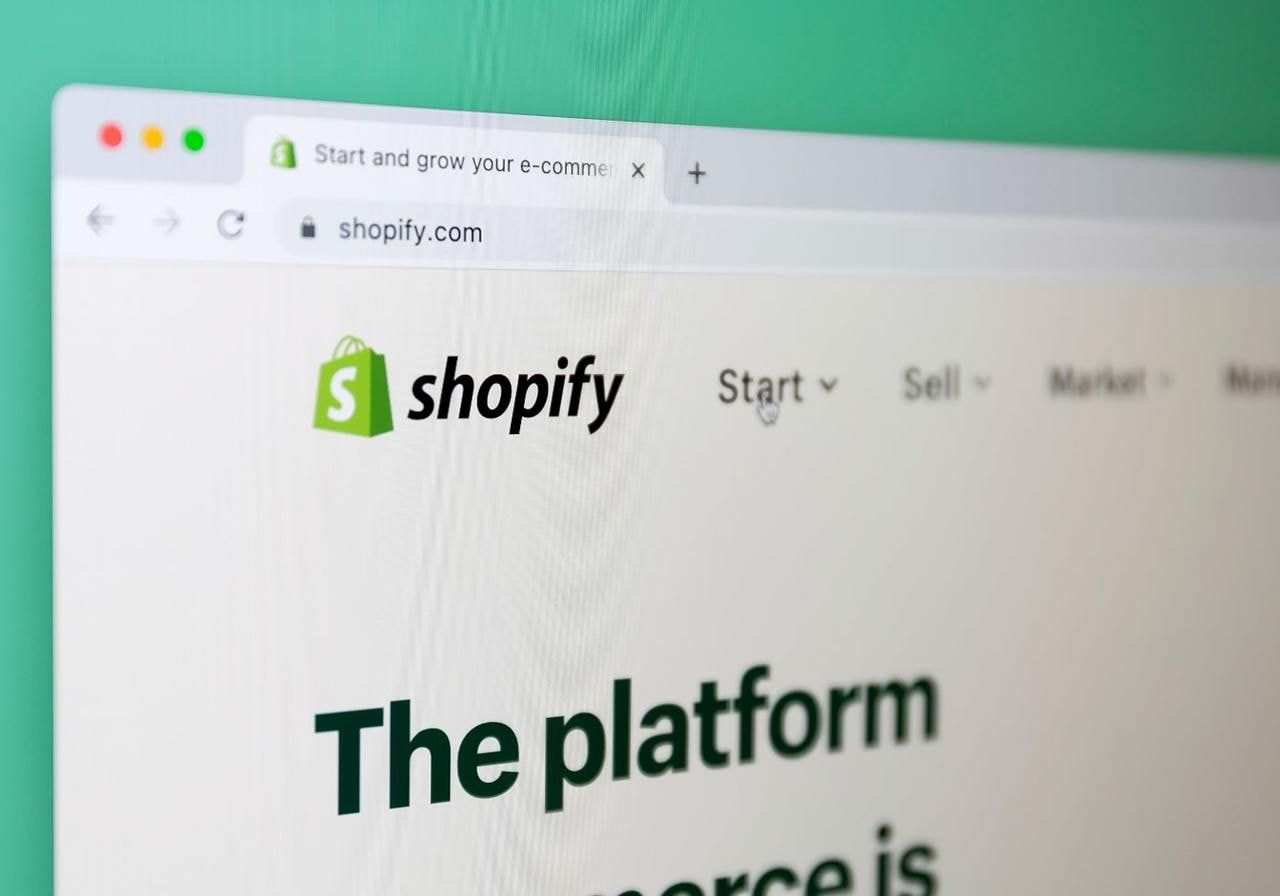Table of contents
Black Friday keeps breaking records and reshaping the way people shop. These Black Friday statistics reveal what sold fastest, where shoppers spent the most time, and the trends every merchant needs to know.
Whether you’re planning next year’s campaigns or fine-tuning your store for the biggest shopping event, these Black Friday numbers can help you reach buyers when it matters most.
Key takeaways – Black Friday stats from 2024 at a glance
-
$10.8 billion spent online in the US on Black Friday.
-
$13.3 billion in Cyber Monday sales – the biggest online shopping day ever.
-
Toy sales jumped 680% compared to October averages.
-
Appliance sales surged 464% as shoppers invested in home upgrades.
-
79% of site traffic came from mobile devices.
-
Shopify merchants hit $4.1 billion in global online sales, up 22% from the previous year.
-
BNPL purchases totaled $991 million, with 75% happening on mobile devices.
-
Consumers spent $15.7 million per minute during Cyber Monday’s peak hour.
-
Over 60% of shoppers started buying before Thanksgiving and the holiday season.


1. Gamers searched most for PS5, Switch, and iPhone – Tech’s reign continues

The top three most searched items during Black Friday were all tech – PS5 (21%), Nintendo Switch (18%), and iPhones (17%). This tells you everything about shopper intent: even if Black Friday purchases had socks and candles, shoppers were laser-focused on big-ticket gadget upgrades.
The takeaway: Don’t just sell the console – sell the culture around it. Capitalize on the accessory ecosystem that comes with every big-ticket tech purchase, from protective gear to personalized decor for the spaces where these gadgets live.
2. Toys cracked a big boom over average sales
When toy sales jump 680% on Cyber Monday, you know it’s not impulse buying. This consumer behavior trend is fueled by fandom culture, especially among Gen Z consumers, where passion drives highly motivated purchasing.
The opportunity: Fandom isn't just about the official toy; it’s about identity. Offer products that let people celebrate their passions with unique art, inside jokes, and niche references that mass-market brands can’t replicate. This is where creative, independent retail wins.
3. “Home and Kitchen” shoppers went practical. Appliances roared
The 464% surge in appliance sales on Cyber Monday shows that people are looking to invest in a better home life during the holiday shopping season. People were buying the full “make-home-nicer” bundle.
The lesson: When shoppers upgrade core appliances, they look for new items to complete the vibe. Capitalize on this secondary wave of online orders with decorative and personal touches – think textiles, custom ceramics, and wall art to raise the average cart value.
4. Self-care was a cart staple
Personal care sales climbed 530% compared with an average October day. Wellness didn’t sit out the season – vitamins, grooming, and feel-good upgrades were very much part of holiday spending.
The opportunity: Shoppers are clearly investing in themselves. With Printful, tap into this Black Friday trend by offering custom beauty products like makeup bags, cosmetic pouches, and wellness accessories. Personalization adds that extra touch that makes everyday items gift-worthy, helping you stand out in a crowded market.
5. Sports and outdoors quietly gained share

While other categories screamed for attention, Sports and Outdoors grew its value share by 25.7%. Buyers were already preparing for “new year, new routine” habits, making these Black Friday sales a proactive investment.
The opportunity: Market your products as part of their journey. Harness the motivation of new beginnings with gear that features inspiring designs, bold patterns, or a touch of personal flair that makes their new routine feel like their own.
6. Fashion lovers found real value
Apparel discounts peaked around 23% on Cyber Monday, while electronics hit 30% off. Style shoppers jumped on deals that felt both smart and stylish. The frenzy wasn't just about the discount; it was about the thrill of finding a unique piece.
Translation: In a sea of sameness, originality is the ultimate value proposition. Position your brand as the source for statement pieces and unique designs that stand out from the mass-produced basics.
7. In-store visits ticked up – Foot traffic proved it

Retail visits on Black Friday jumped 40.4% vs an average Friday, and edged 0.9% higher year over year. Big-box aisles still matter – touch-and-take plus doorbusters keep shoppers coming.
Reminder: Position your brand as the antidote to generic. Use marketing language like "unique designs you won't find in retail store shopping" and "support independent creativity." Place your online store as the modern-day specialty boutique competing with major retailers and retail stores.
8. Jewelry, electronics, and apparel dominated gifting
This trio surged for a reason: Jewelry (478%), electronics (452%), and apparel (392%) cover the key gifting motivations of "wow," "useful," and "personal." These categories consistently headline Black Friday-Cyber Monday shopping lists.
Your strategy: Lean into the "personal" angle, as it’s the hardest for big-box retailers to deliver. Offer products tailored to specific tastes and relationships – items that can’t be replicated by physical stores or chains.
9. TikTok Shop generated over $100 million in US sales in beauty, home, and fashion

TikTok Shop crossed $100 million in US Black Friday sales in beauty, home, and fashion, tripling the previous year. Livestreams and creator drops turned scrolling into record-breaking sales.
The playbook: You don't need a Super Bowl ad; you need a compelling story. Use short-form video to show the creative process, the person behind the brand, or how your products fit into real people’s lives. Authenticity outperforms big-budget ads for online shoppers.
10. Over half of shoppers picked eco-friendly delivery
More than 51% chose climate-smart or fossil-free delivery options when offered at checkout. Sustainability isn’t a side note – it’s a decision-maker that nudges customer spending (and brand love).
The action item: Sustainability is a powerful marketing tool. Beyond shipping options, highlight your products' eco-friendly materials or on-demand production methods. Weaving this story into your brand narrative and online Black Friday deals can be a deciding factor.
11. Hybrid shopping is the default now
About 63% of holiday shoppers planned to shop both online and in-store. Shoppers browse everywhere – they might see an idea in physical stores, search online for better prices or more unique options, and ultimately buy from independent retail sites.
The imperative: Be the brand they find. Invest in high-quality mockups and product photos, write compelling descriptions, and make sure your store is seamless on mobile. You need to win the moment they search for something better.
12. Deals started early (and shoppers showed up)
Over 60% of consumers started hunting deals in October or early November, making Black Friday week a month-long event.
If your promos launch late, you’re not “building hype” – you’re missing the rush. For any business managing inventory, production, or shipping, waiting until late November is a critical mistake.
The takeaway is blunt: If your promos launch on Thanksgiving, you’re not building hype – you’re showing up late. Plan for "Black November," not just one day. Early Cyber Monday sales ensure smoother fulfillment, timely shipping, and stronger holiday sales.
13. Australians loved fashion – Online Black Friday spending jumped
In Australia, fashion spending rose 30% in November vs October. Seasonal style plus sharp discounts = a strong cross-border opportunity for sellers everywhere.
For international retailers: Think seasonally, but globally. A timely promotion targeting customers heading into summer in the southern hemisphere can be just as potent as a winter campaign in the north. Smart targeting unlocks year-round opportunities and global spending.
14. Germans shop online weekly – Digital is routine
The fact that 99% of German adults shop online – with 39% doing so weekly – shows a market with digital maturity. Desktop purchases remain popular for categories like fashion and electronics, though mobile phones are just as common for quick browsing and checkout.
The insight: Don't try to out-discount the giants. Compete on originality. A unique design or a clever niche product is your greatest asset in a crowded market where shoppers are looking for something new.
15. Shoppers planned to spend more overall

A planned 8% year-over-year lift in consumer spending for 2024 set the stage for a blockbuster Black Friday season.
Consumers spent their budgets on things that felt special and meaningful – a trend that favors thoughtful products over mass-produced commodities.
The recipe: This is the moment for quality and creativity. Frame your products not as disposable items, but as pieces of art, clever conversation starters, or a perfect expression of personal style. That’s how you capture a share of that Cyber Week intentional spending.
16. Mobile phones led the way in site traffic
Mobile devices drove 79% of all site traffic on Black Friday 2024. For many buyers, mobile phones weren’t just a research tool – they were the checkout lane.
The takeaway: Your store must be seamless on small screens. Optimize images, product pages, and payment flows for mobile shopping, because that’s where most online shoppers start and finish their journeys.
17. Shopify merchants hit a record sales milestone

Shopify merchants generated $4.1 billion in Black Friday sales, a 22% jump from the previous year, peaking at $4.6 million processed per minute. That’s serious record online spending driven by independent brands.
The lesson: Platforms like Shopify show that smaller online retailers can compete with major retailers. To capture your share of this surge, focus on unique designs, quality products, and tight fulfillment.


18. BNPL gave Cyber Week a boost
Buy Now, Pay Later purchases hit $991 million on Cyber Monday, up 5.5% from last year, with 75% of transactions happening on mobile devices. Flexible payments made a real difference during Cyber Week sales.
The opportunity: Highlight BNPL as a checkout option. It reduces friction and increases customer spending, especially on higher-ticket items where shoppers want flexibility.
19. Consumers spent millions per minute
During the peak Cyber Monday hour, consumers spent $15.7 million per minute. That’s a sprint of Black Friday-Cyber Monday shopping showing just how intense the rush gets.
The takeaway: Make sure your store can handle high traffic and fast transactions. Reliable hosting, clear product pages, and frictionless checkout protect you from missing out when shoppers move at lightning speed.
20. Order volumes kept climbing
Merchants using Ingrid saw order volumes rise 2% year-over-year, with total orders up 43%. The Black Friday season didn’t just hold steady – it expanded, showing that shoppers are buying more, more often.
The action item: Plan fulfillment early. More orders mean bigger demands on inventory, packaging, and delivery. Use print-on-demand to avoid stock risks and to keep the holiday shopping season stress-free.
21. UK shoppers boosted Black Friday-Cyber Monday spending
Britons spent $4.6 billion online during the busiest shopping days of the Thanksgiving weekend, up 5.2% from the previous year. That clearly indicates that global online total sales keep climbing, not just in the US.
The insight: When selling internationally, optimize for local currencies, shipping, and marketing. Global participation in Black Friday-Cyber Monday makes regional targeting a growth lever.
22. Mobile app stores saw bigger carts and more sales
Tapcart merchants’ mobile app revenue rose 26.5% year-over-year during Cyber Week, with cart sizes averaging $112.39. That’s higher than many web-only online stores.
The opportunity: Apps create stickier shopping experiences. Push notifications and app-exclusive online deals can boost customer spending and loyalty, especially during Cyber Week sales.
23. In-app purchases jumped 14% compared to last year
In-app purchases surged 14% on Black Friday 2024, outperforming regular November Fridays by more than 100%. Digital products and subscriptions became part of holiday and Christmas shopping habits.
The takeaway: If your niche supports digital add-ons, use this momentum. Bundling merch with digital perks is one way to drive more sales and keep Gen Z shoppers engaged.
24. European Black Friday online orders spiked
European retailers hit a peak of 11.4 orders per second on Black Friday, a 205% jump over regular retail sales periods. That’s serious demand, especially for online retailers.
The reminder: Build your store for traffic surges. From desktop shopping to mobile shopping, stability matters. If your checkout crashes, you lose not just orders but long-term trust.
25. Consumers spent a record $241.4 billion online in the holiday season
Consumers spent $241.4 billion online from November 1 to December 31, 2024, an 8.7% jump from last year. That’s record global spending across the entire holiday shopping season.
The big picture: Don’t stop at Black Friday. Extend campaigns through December, when holiday sales stay strong and shoppers are still in gifting mode.
FAQ
Jewelry, electronics, and apparel led the way. Jewelry sales surged nearly 480%, electronics grew over 450%, and apparel rose close to 400% compared with October averages. Together, they covered the three biggest gift motivations: something special, something useful, and something personal.
Absolutely. US shoppers spent $10.8 billion online on Black Friday and $13.3 billion on Cyber Monday, both adding up to record online spending for the season.
Foot traffic also ticked up slightly, showing that both online and in-store channels delivered. For merchants, the season proved that demand is strong – especially when paired with good discounts and creative offers.
It depends on the category, but the jumps are huge. On Cyber Monday alone, toy sales rose 680%, appliances 464%, and apparel 392% compared with an average October day. Overall online spending in the US grew by more than 10% yearly, proving Black Friday and Cyber Week remain peak sales opportunities.
Earlier than you think. Over 60% of consumers started hunting for deals in October or early November, long before Black Friday weekend arrived. That means the traditional “one big day” has stretched into a full shopping season. For merchants, running promotions earlier helps capture this wave and ensures smoother fulfillment when the holiday rush hits.
Ready for the Black Friday shopping buzz?
The numbers show it clearly – Black Friday and Cyber Monday online sales aren’t slowing down. From toys and tech to fashion and self-care, shoppers are spending earlier, buying smarter, and looking for products that feel personal. For merchants, the opportunity is wide open.
Use these Black Friday statistics as your playbook, get creative with your offers, and turn seasonal demand into lasting growth.
Read next: The Procrastinator’s Guide to a Successful Black Friday and Cyber Monday

Published author, scholar, and musician, Andris draws on over 11 years of experience in and outside academia to make complex topics accessible – from SEO and website building to AI and monetizing art. Devoted to his family and self-confessed introvert, he loves creating things, playing musical instruments, and walking around forests.





![25 Black Friday Statistics You Need to Know [2025]](https://files.cdn.printful.com/o/upload/blog-post-img-upload/68/688d74b2efb38488251f0f493150f053_l)